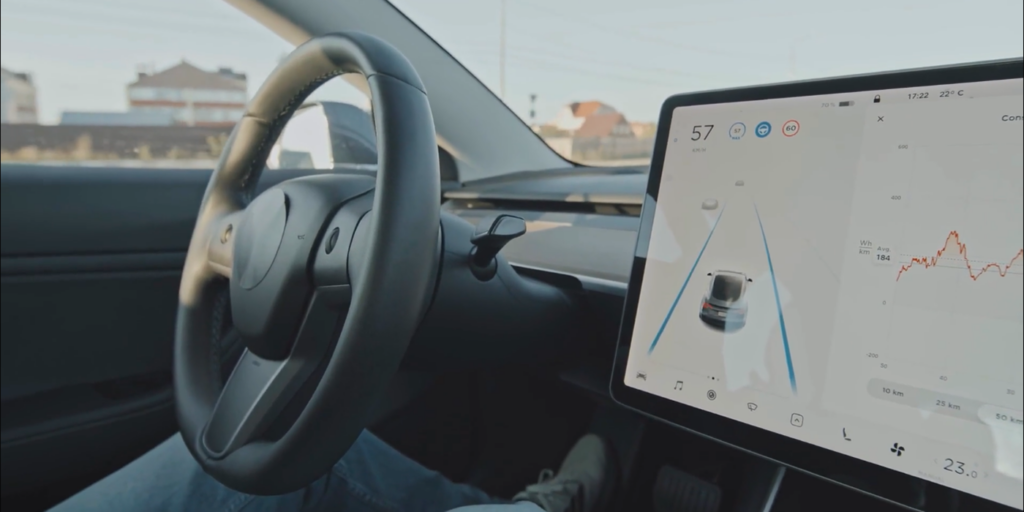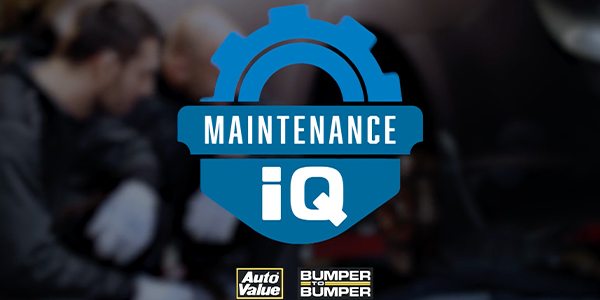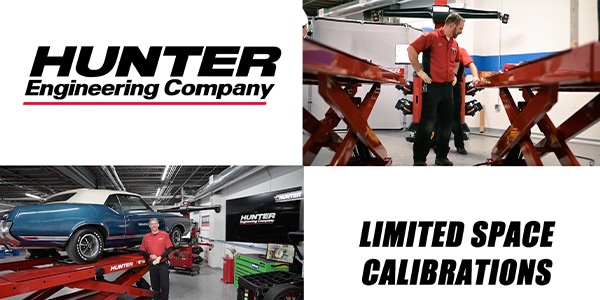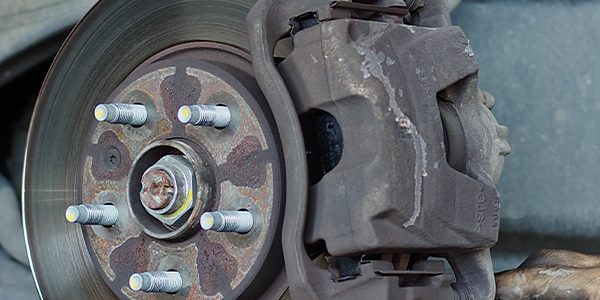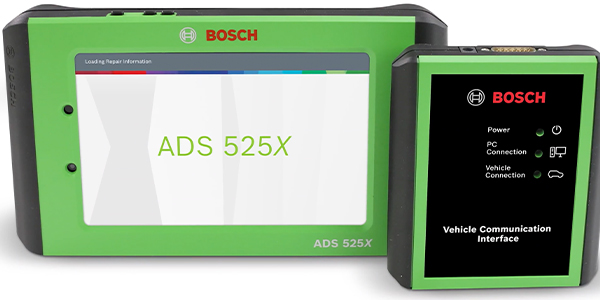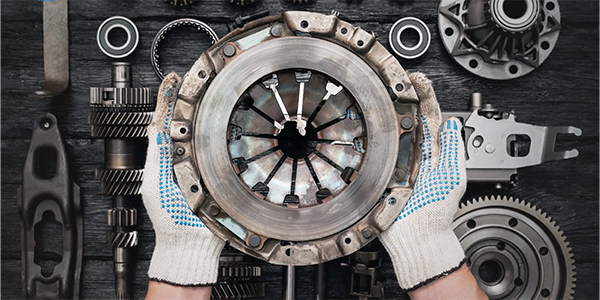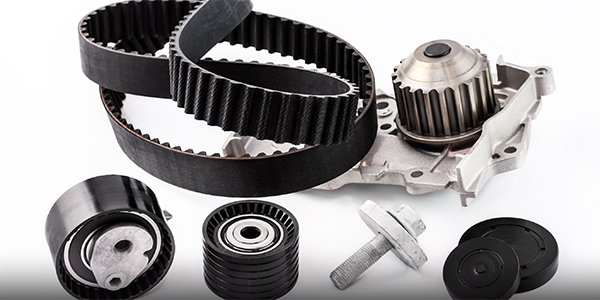CC:
ADAS features use cameras, radar, laser, and or other sensors to detect and analyze what is around the vehicle. The control units use this data to alert the driver to potential dangers. And in some cases, the system can intervene to avoid a collision or keep the vehicle in its lane of travel.
The function and design of ADAS features will vary greatly from one manufacturer to the next, but the end goal is always the same, safety. But when it comes to diagnosing, servicing and or repairing these systems, many technicians will end up feeling intimidated. While it’s true that ADAS features are very complex systems which require a number of sensors and outputs to all work seamlessly together, they are in fact no more complicated than performing a four wheel alignment or adjusting the beam pattern on a headlight.
So where do you start? Make sure you have a clear customer complaint. Find out what they’re seeing or experiencing and exactly when, how, or where it is occurring. Start by looking through the system menus inside the multimedia display or the gauge cluster. Check to see if any ADAS features have been disabled or turned off by the driver. Other preliminary inspection items include, does the steering wheel point straight ahead? Is there any evidence of a collision, body damage, or has a body panel been removed for recent service? Are the control modules up to date? Many driver complaints stem from a lack of understanding in how the system is intended to operate. Many drivers do not understand that proper road marking is required for these systems to work. And finally, another common problem occurs when someone changes the following distance or a guest driver disables an ADAS feature. Why would they do this? Well, maybe they were simply annoyed that the seat vibrates when they’re backing up or they don’t think that they need the lane keep assist to be turned on. But if the vehicle owner doesn’t know that these features have been turned off, this could spell trouble down the road.
Here’s the simple truth. Service information is the key to servicing ADAS systems. Every vehicle has its nuances and quirks, as well as specific calibration procedures. You must be able to not only read service information, but also comprehend the meaning. If you skip the theory and operations section and dive right into the procedures, you could be missing the point of the calibration. Knowing the why is just as important as the how.
What skills do you need? The main skill you need is to be able to read and follow commands on a scan tool. If you are the kind of technician who hits the next or okay button without reading the dialogue in a popup window, you’re probably going to struggle with an ADAS calibration. Following all steps before hitting the next button is critical. Small details like tire inflation, fuel level, or battery condition can abort a calibration, cause DTCs to set, or worse yet result in an inaccurate calibration. ADAS features have their own set of codes and operating monitors. ADAS monitors work just like misfire monitors, certain conditions must be met before a code will be set. This includes key cycles and startup self checks.
When it comes to ADAS concerns, start by scanning for codes to see if the system has detected any faults or issues. Calibration comes after the repair or after service work, which could compromise or impede system operation. Such as removal of a sensor, camera or other component. Something as simple as replacing the battery could then require you to perform a calibration post repair.
There are two types of calibration, static and dynamic. For a static calibration, a target or several targets will be presented to the forward facing camera, and the calibration will be initiated by a scan tool. A dynamic calibration requires the vehicle to be moving. The system is then placed into a calibration learn mode once certain criteria have been met. Technician error is still the number one reason why ADAS calibrations fail. Failing to meet all of the preliminary requirements such as tire pressure, vehicle alignment, or placing the vehicle on a level surface could cause a calibration to fail. There’s a well known saying in carpentry, measure twice, cut once. If this phrase was used in the automotive world, it would be something along the lines of research twice, repair once. When it comes to modern vehicle repair, the ability to read, understand, and follow the OE service information is just as critical as the tools in your hands.
When it’s time to select the part trust Standard. Standard offers a complete ADAS program with hundreds of part numbers, including park assist cameras, lane departure cameras, park assist sensors, steering angle sensors, blind spot detection sensors, and more. For more information, visit Standard. I’m Brian Sexton. Thanks for watching.

